Fisheries and Aquaculture Innovation Center (FAIC)
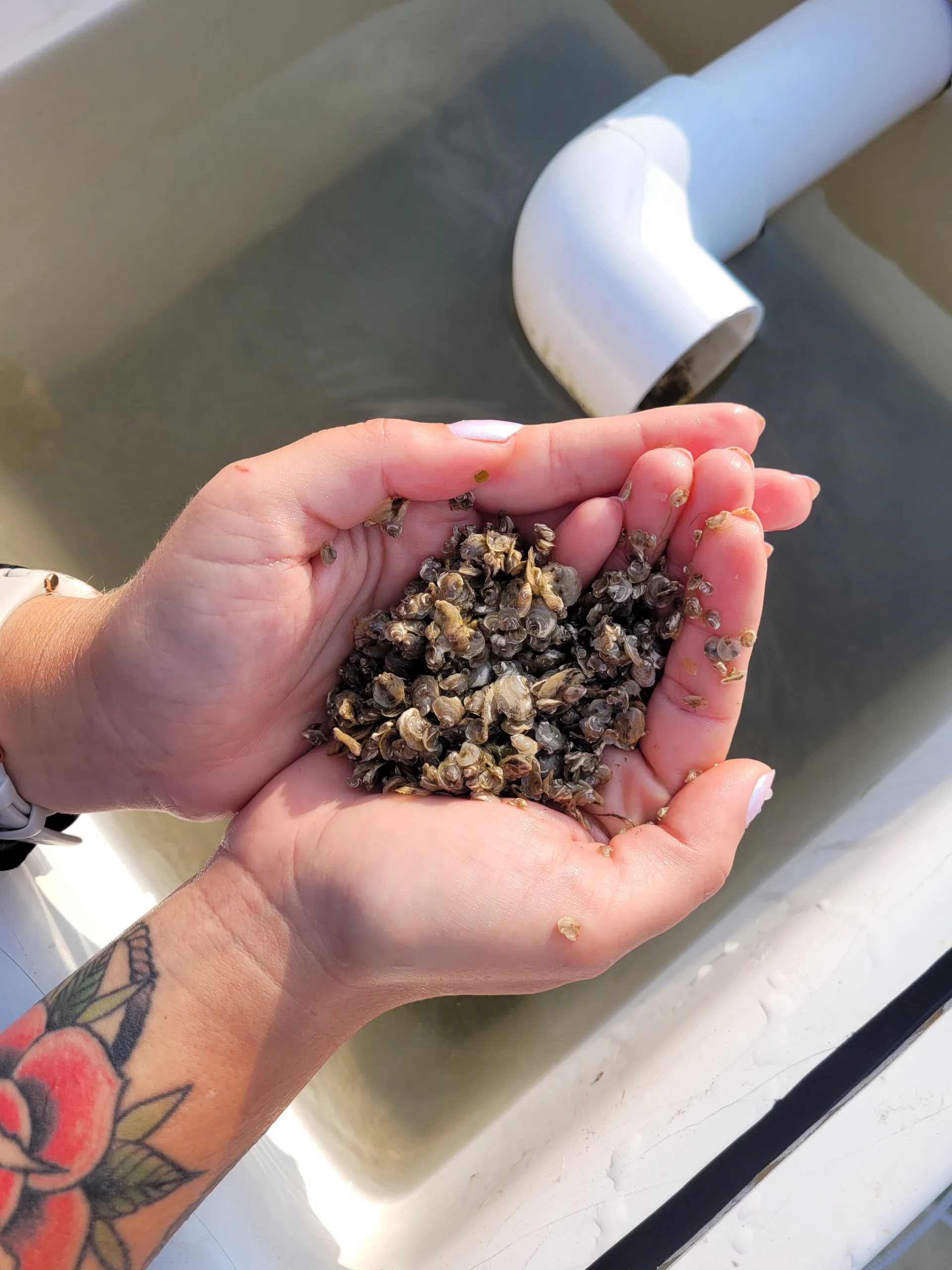
Creating Infrastructure and Supply
Critical bottlenecks to the aquaculture industry and restoration practitioners alike include the lack of critical infrastructure, as well as the lack of supply of oyster shell, larvae, and individual oyster seed. In response to these challenges, the University of Delaware constructed a pilot-scale oyster hatchery at the Lewes campus. The hatchery is intended to serve the local aquaculture industry and nonprofits conducting restoration work in the form of living shorelines and oyster reefs.
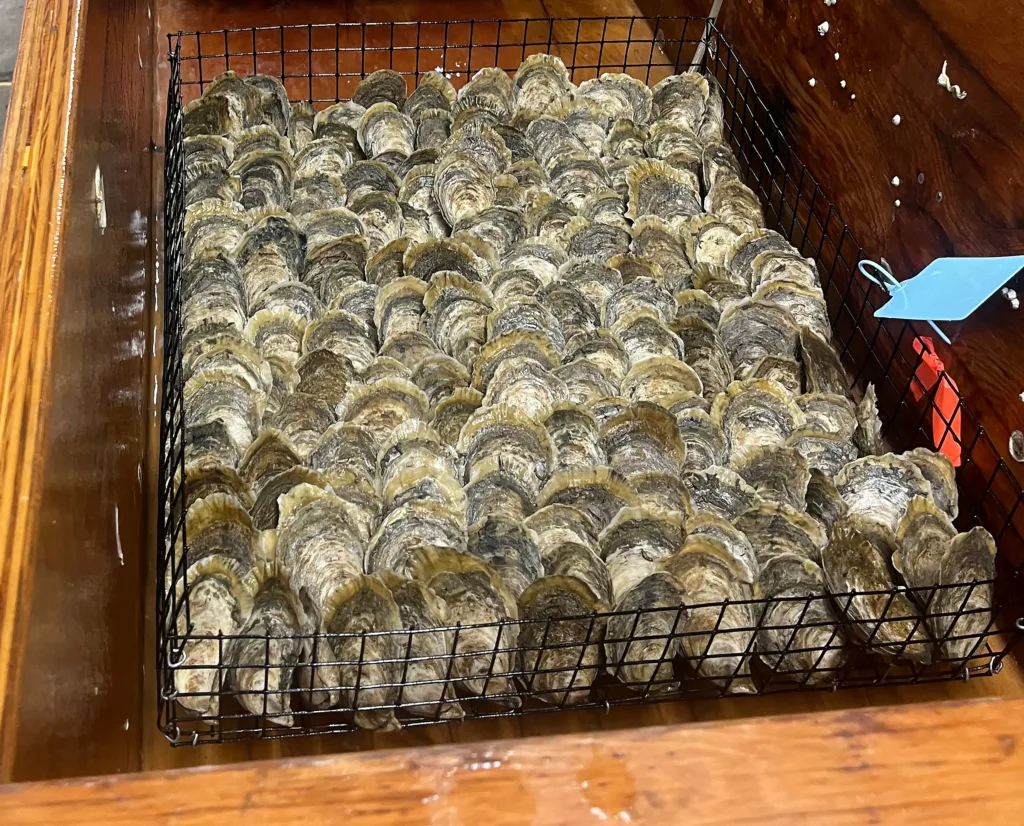
Phase 1
In just two years of operation, the pilot hatchery has supplied over 1,000,000 seed oysters and 500,000 spat on shell to Delaware’s commercial shellfish growers. The pilot hatchery aims to supply 1 million seed oysters to Inland Bays growers per year. As we begin our third year in production, we started experimenting with culturing hard clams based on the industries interests.
This pilot-scale hatchery serves as Phase I of the Fisheries and Aquaculture Innovation Center (FAIC) project, which will have a bigger ecological and economic impact on Delaware.
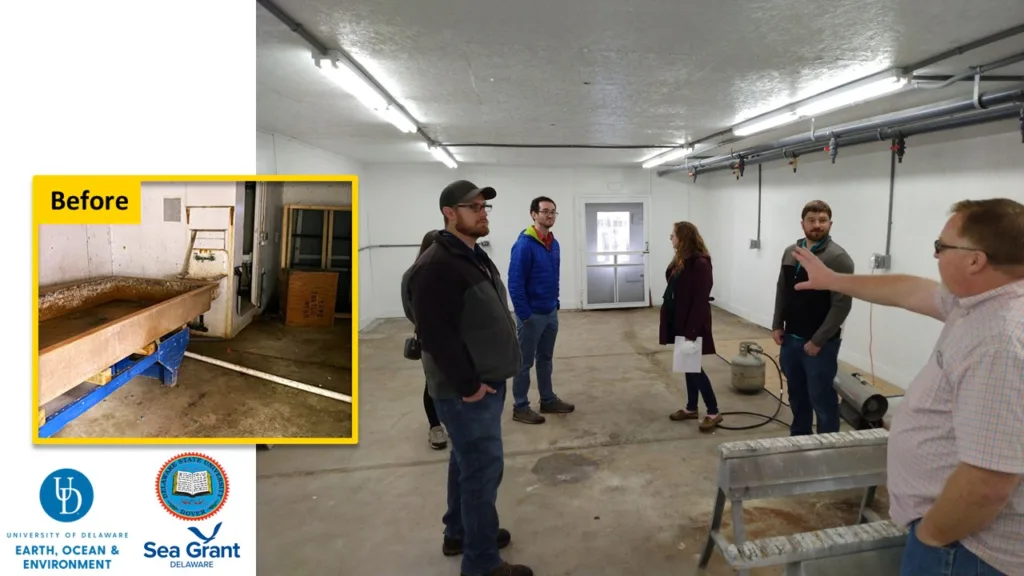
Phase 2
Shellfish Hatchery Expansion of the Fisheries & Aquaculture Innovation Center
We are working to expand our successful pilot-scale shellfish hatchery into a larger, full-scale operation that will significantly increase production and allow us to serve more coastal communities. We’ve successfully raised $3 million in funding to renovate our pilot hatchery space, sustain its operations, and lay the groundwork for a more ambitious facility—a full-scale hatchery and aquaculture development center. This effort also includes the creation of a workforce development program to support the next generation of aquaculture professionals.
Our vision for the expanded hatchery goes beyond oysters. We aim to diversify production to include other species such as clams, enhancing the resilience and sustainability of our region’s shellfish industry. To realize this vision, it’s essential that we continue securing funding for ongoing operational expenses. This will enable us to retain critical technical expertise and ensure the long-term success of our hatchery initiatives.
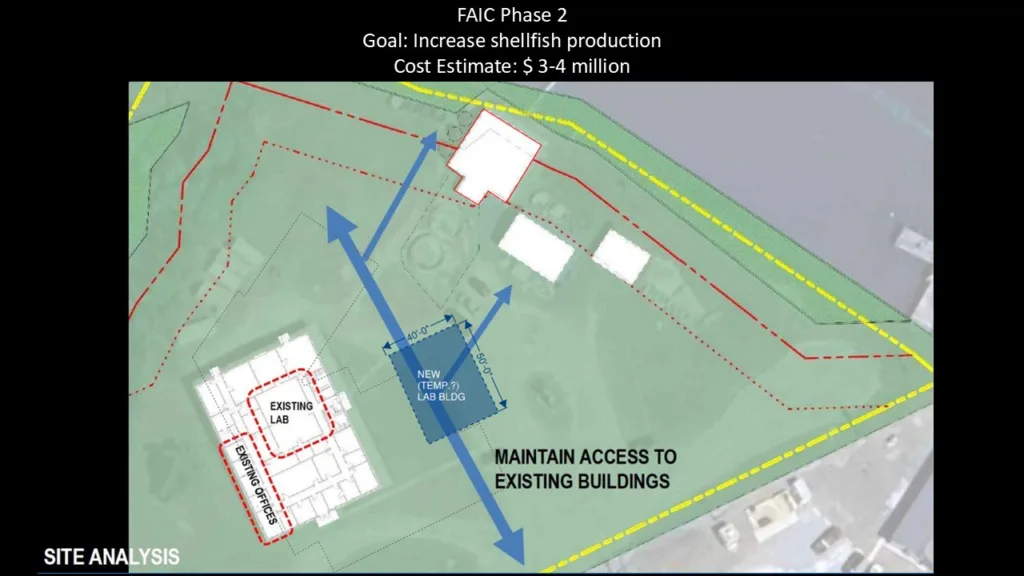
Phase 3
Increased shellfish production and crop diversification- Estimated $16.6 million
Our Phase 3 expansion is an exciting next step in growing our shellfish production capacity while fostering deeper collaboration across the marine science community. This phase will introduce cooperative research space, where we can work side-by-side with commercial and nonprofit partners to advance sustainable aquaculture practices.
A key feature of this expansion is the creation of a publicly accessible space for apex predator research, offering a rare view into the lives of resident species such as Sandbar sharks. This initiative will not only support important scientific discoveries but also engage the public in the importance of predator-prey dynamics in coastal ecosystems.
We also envision this phase as an opportunity to diversify growth methodologies and range of species. Our plans include exploring new shellfish species like Bay Scallops and incorporating macroalgae into our production systems—both of which contribute to ecosystem health and coastal resilience.
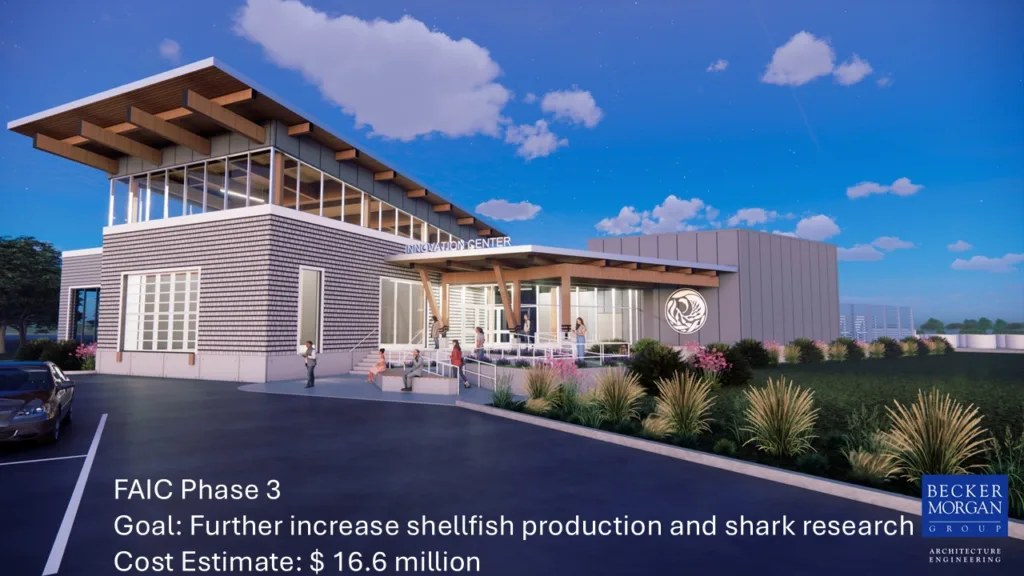
Phase 4
FAIC expansion & partnership for broader research impacts, and teaching- Estimated $23.7 million
Phase 4 of our expansion aims to establish a powerful, multi-institutional partnership with state-based research agencies to significantly broaden the scope of our aquaculture work. By collaborating across institutions, we seek to expand into new taxonomic groups—including species like Atlantic Salmon—diversifying our impact and advancing regional innovation in sustainable seafood production.
This phase will also introduce a dedicated instructional space designed to serve as a formal classroom for both undergraduate and graduate students from multiple academic institutions. By bringing together students, educators, and researchers under one roof, we’re creating a vibrant hub for knowledge exchange, hands-on learning, and the next generation of aquaculture leadership.
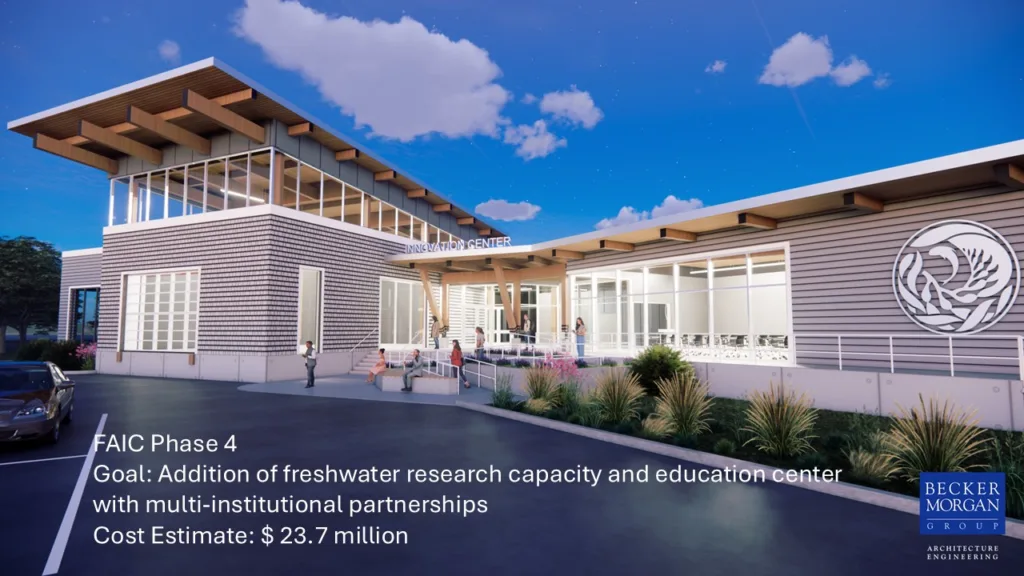
Help our cause
Make a Difference Where Land Meets Sea.
Donating to The DECO is a powerful way to protect the places you love. Your efforts and donations help preserve fragile ecosystems, support wildlife, and combat climate change. Join us and be part of a hands-on movement to ensure our coasts remain vibrant and resilient for generations to come.